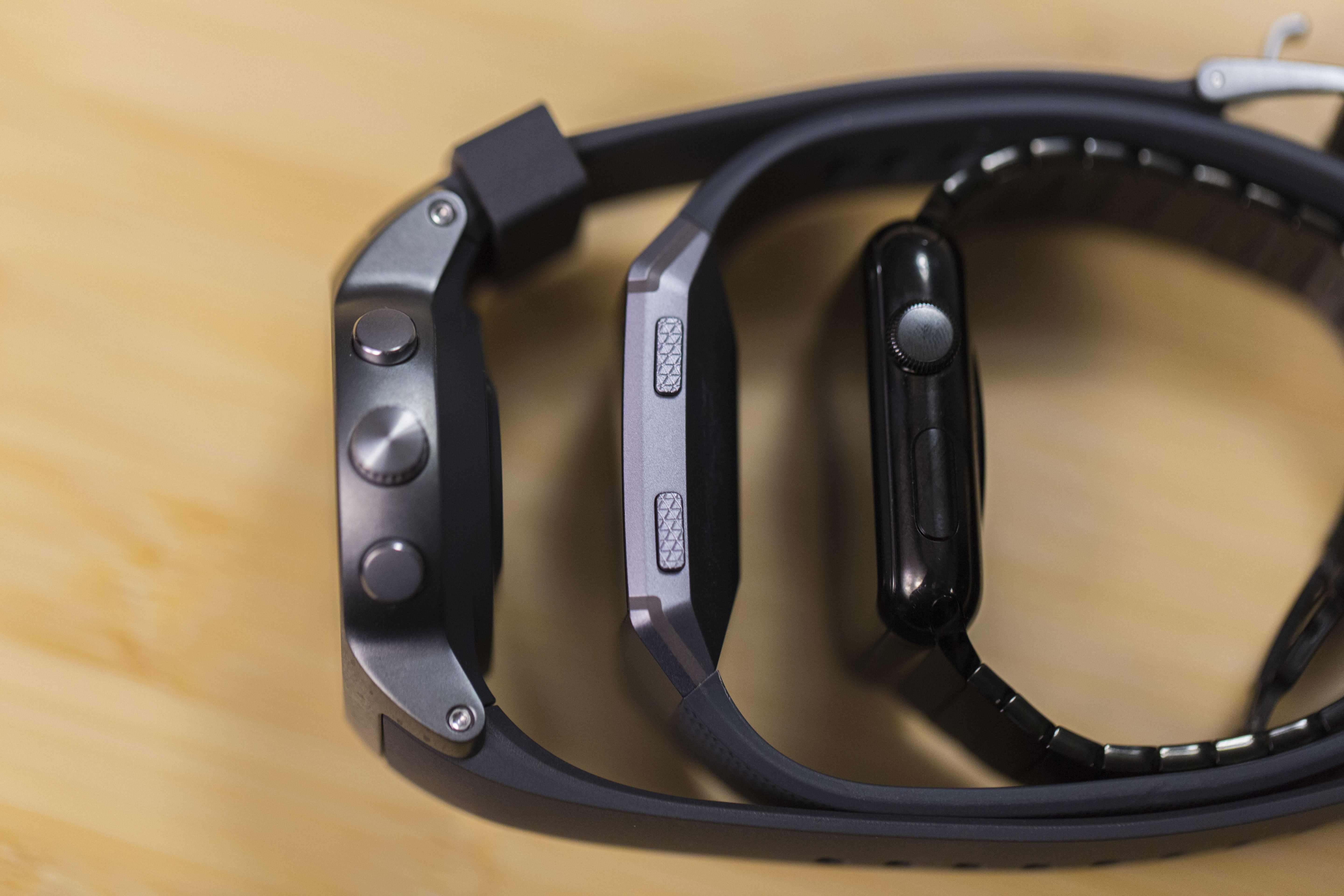

So why is this important? The medical community claims that knowing your blood oxygen levels (particularly during sleep) can be a good way to predict or monitor conditions such as sleep apnea and provide valuable data for people who have preexisting breathing conditions.Ĭonsult your physician if you have concerns about your blood oxygen levels. The more blue light, the less oxygen is present in your bloodstream. The more red light your blood returns, the more oxygen you have. Unlike in other use cases, the color red signifies a good value, whereas blue signifies a poor value. Based on these readings, your Fitbit can then provide a relatively accurate estimate of the oxygen levels in your blood. The Fitbit devices mentioned above use red and infrared sensors that are already on the back of the watch case to shine light into your blood vessels and read the light colors and levels that "bounce back" to them. If you stop breathing or have lung issues, your blood oxygen saturation level can fall as less oxygen enters your body. The oxygen levels in your blood tend to remain relatively consistent, even during exercise and sleep. Typically, your blood oxygen saturation level is between 95-100%, which means your blood is carrying as much oxygen as it can.


 0 kommentar(er)
0 kommentar(er)
